Through digital maps and deep dives into the careers of its first thirty graduates, we explore the impact of the Washington Conservatory in its own time, and in ours. Click on the topics below to learn more about the conservatory, its alumni, and our research process.
While you read, consider listening to this Spotify playlist, a compilation of some of the music played at commencements, opening ceremonies, student recitals and more during the Conservatory’s 58-year lifespan.
Acknowledgements:
We are especially grateful to Karen Bryan, Lucy Caplan, Sandra Graham, Tammy Kernodle, Carol Oja, Sarah Schmalenberger, Doug Shadle, and Kristen Meyers Turner for graciously entering into conversation with us via Zoom and for offering their time and edifying thoughts on our work. Thank you to Phylicia Fauntleroy Bowman for providing us with an oral history of the Gibbs family, and to Mickey Terry for speaking with us about the history of the Howard University Music Department. Sara Dale and Ben Gottfried provided crucial support as we wrestled with ArcGIS and WordPress. We greatly appreciate the librarians and archivists who facilitated our research at St. Olaf and in several archives in Washington, DC: Karen Olson (Research and Instruction Librarian for Music and Fine Arts at St. Olaf College), Cait Miller (Music Reference Specialist, Library of Congress), Lela Sewell-Williams (Curator of Manuscripts, Moorland Spingarn Research Center, Howard University), Charice Thompson (Moorland Spingarn Research Center, Howard University), Jennifer Morris (Archivist, Smithsonian Anacostia Community Museum), and Kimberly Springle (Executive Director, Charles Sumner School Museum and Archives). Many thanks to St. Olaf’s Collaborative Undergraduate Research and Inquiry program for providing funding for this project, with a special thank you to St. Olaf faculty and staff Kathy Tegtmeyer Pak and Erin Eltonga for running CURI.
Oral History Transcript:
The transcript from our oral history with Phylicia Fauntleroy Bowman is available for download here.
Interested in downloading our project “Mapping Washington Conservatory of Music Alumni in Black American Musical Life”?

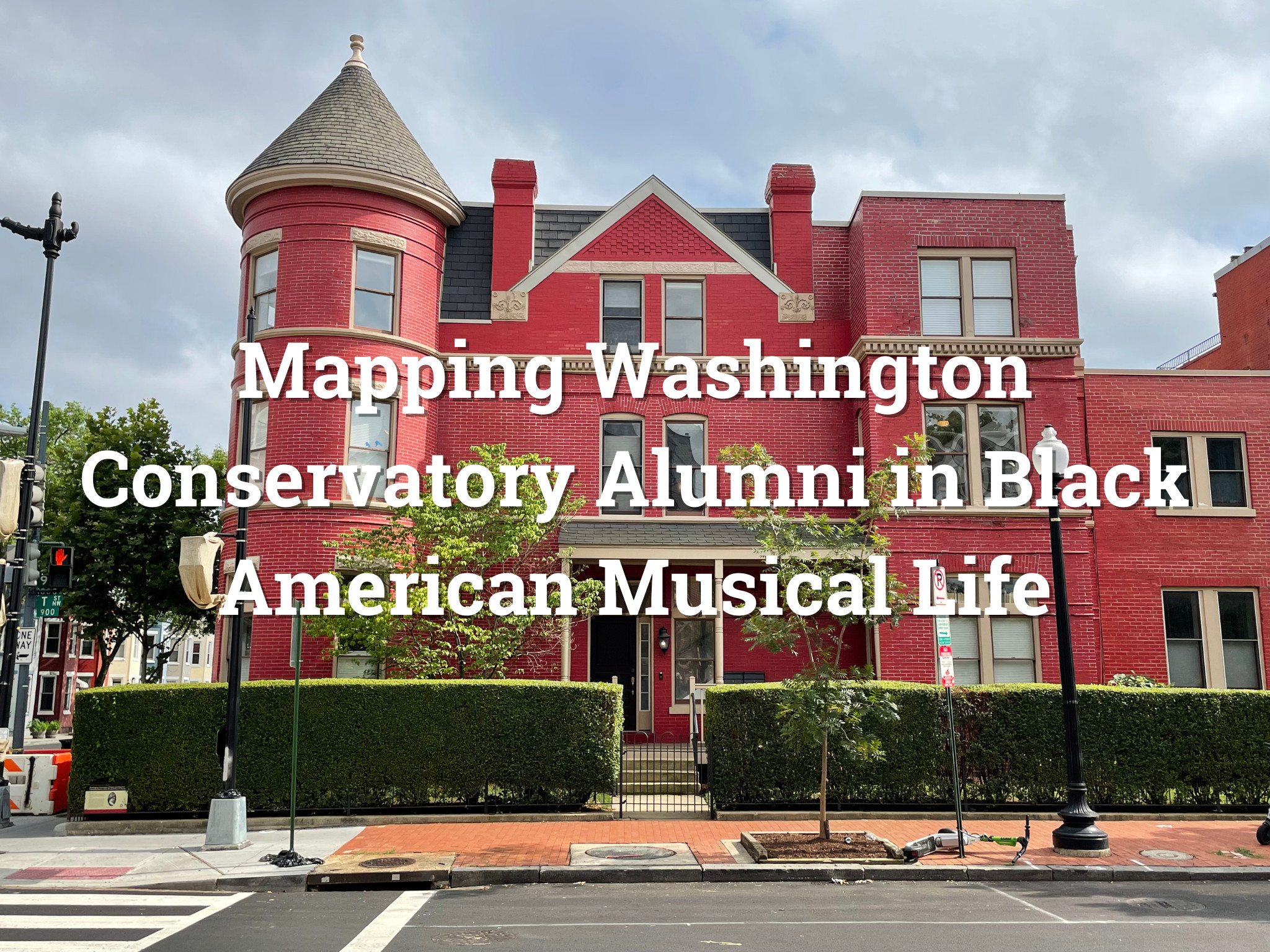

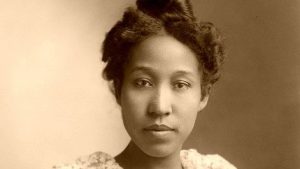
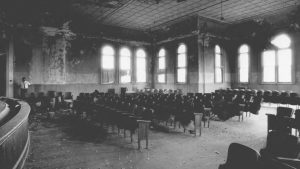
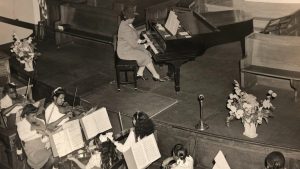
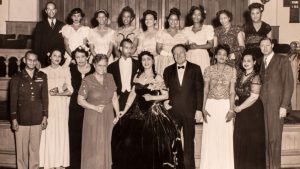
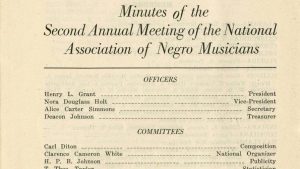

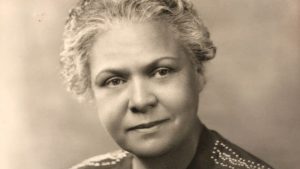
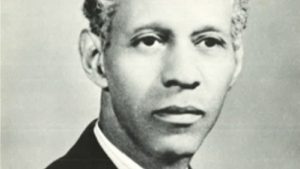


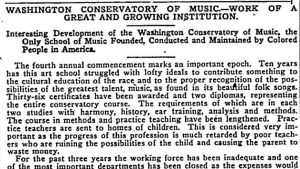
You must be logged in to post a comment.